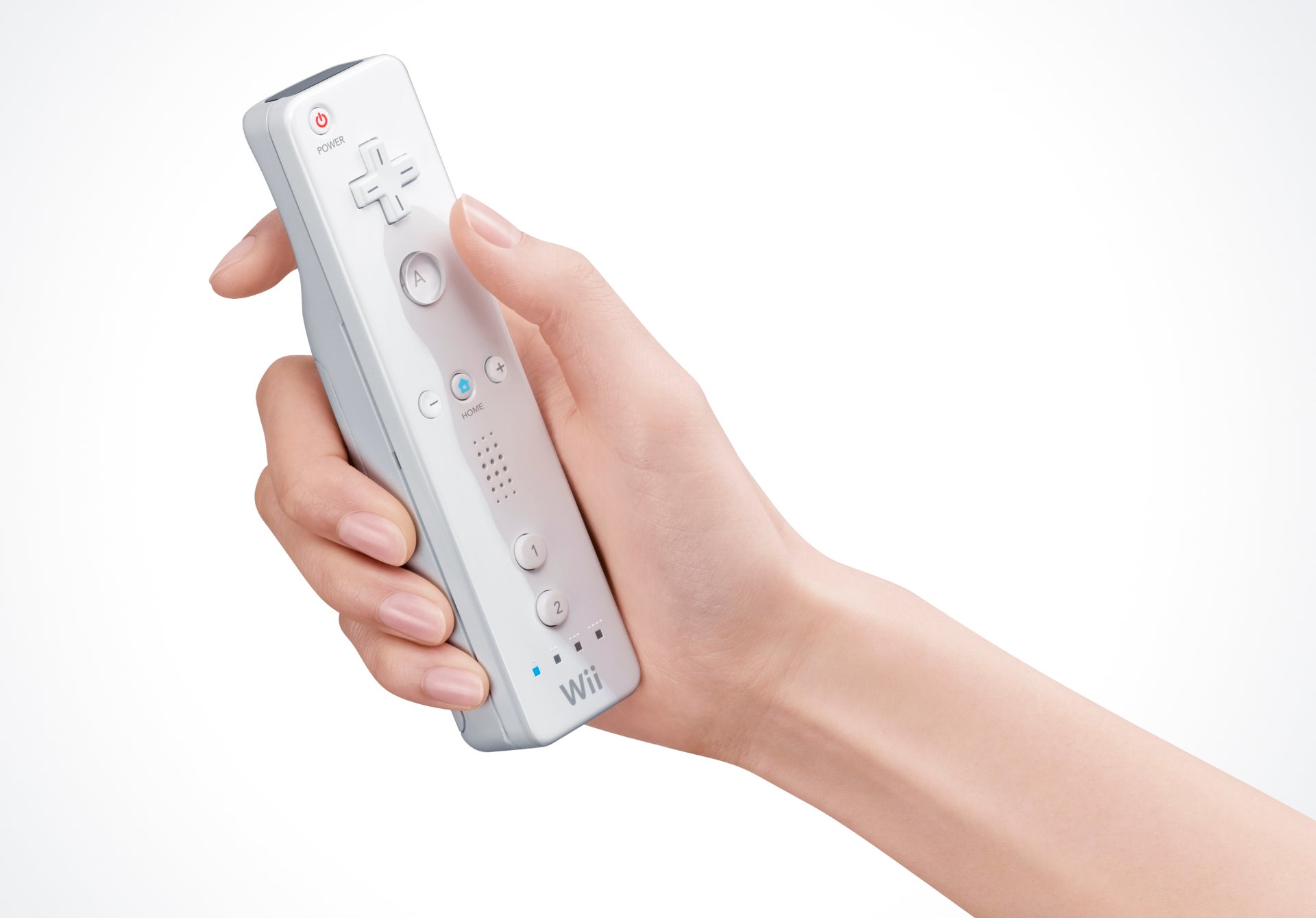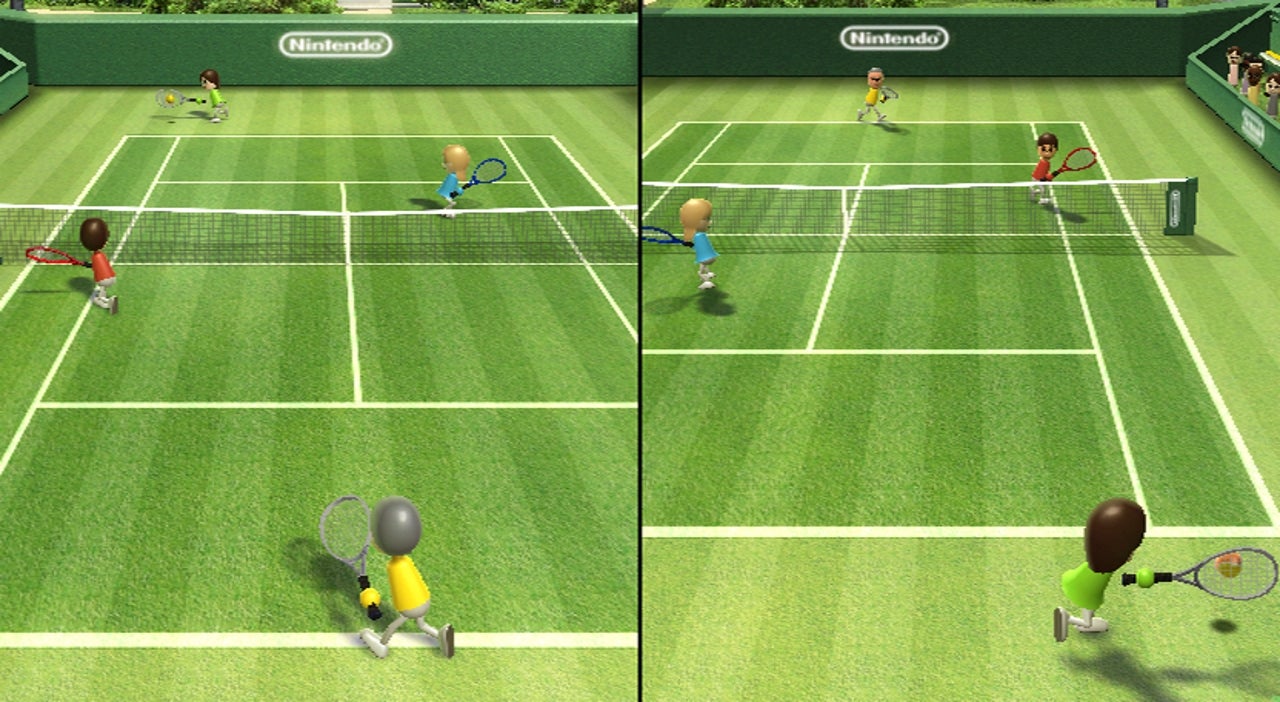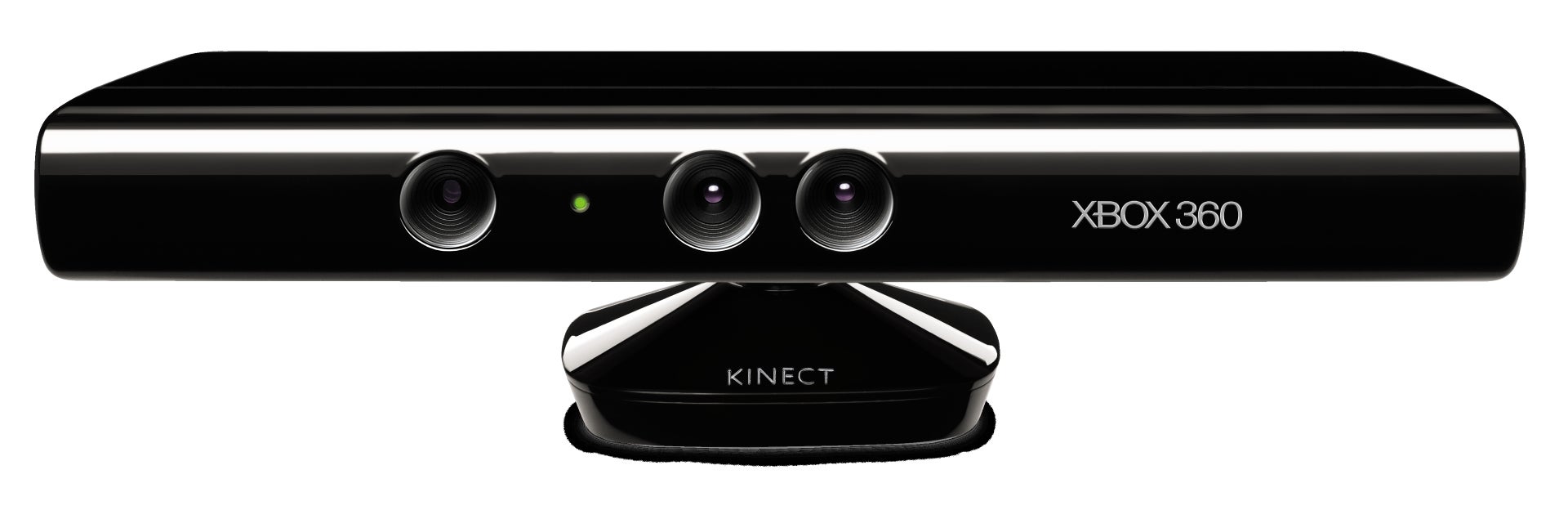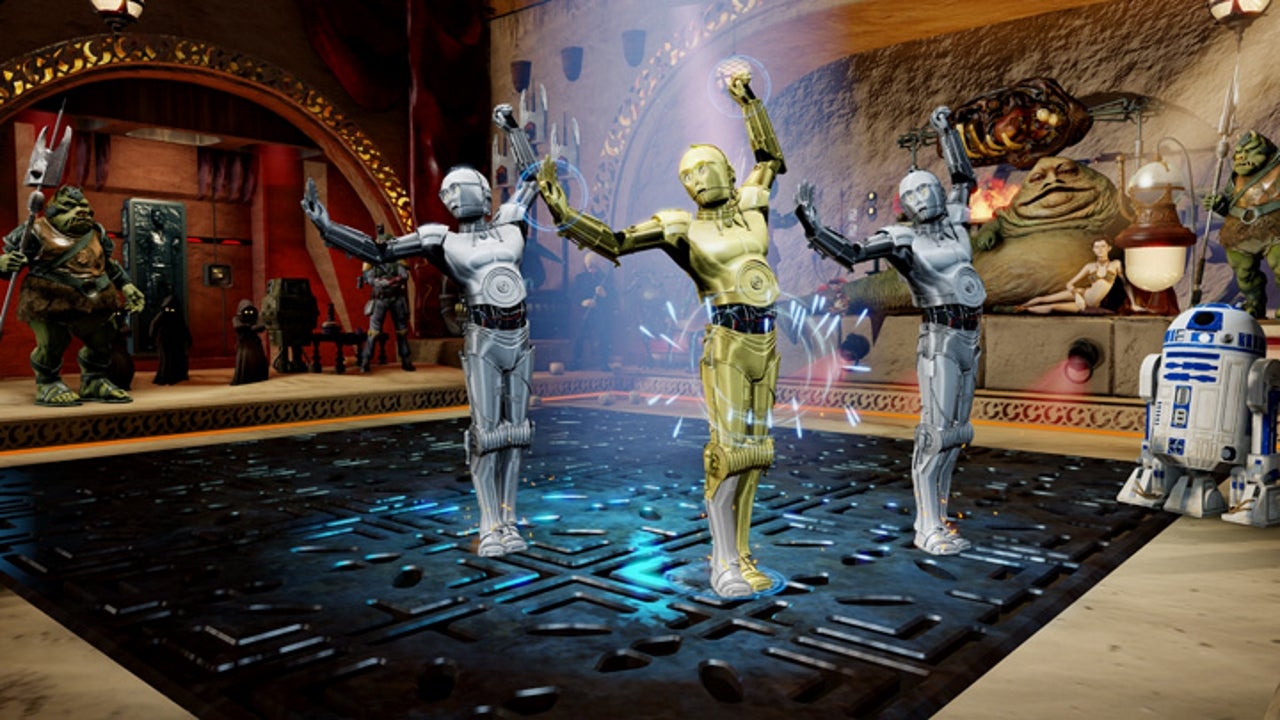Is this the rebirth of motion controls?

Remember when motion controls were pitched as the future of gaming? When the Wii ruled the casual gaming kingdom and Kinect had us waving at our screens like something straight out of Sci-Fi? Those fads quickly faded, and many thought it was the death of the technology, but could VR and the Nintendo Switch see a motion control rebirth?
Microsoft has dumped Kinect support from Xbox One, with a view to brushing the whole embarrassing era under the carpet. Nintendo still supports motion controls through Switch, albeit as an optional extra rather than focal point, but with the increased accuracy of the tech it now feels way more intuitive. Sony’s Move controllers, meanwhile, function for particular experiences on PlayStation VR.
Have motion controls finally found their place within gaming?
The Birth of the Wii
The Wii concept really took root in the period leading up to E3 2004, when Nintendo’s designers and engineers were working on a new console to replace the unsuccessful Gamecube. Ko Shiota and Genyo Takeda of Nintendo’s R&D division were wondering if it really made sense to follow Microsoft and Sony into a performance- and graphics-focused battle, or if it would be wiser to use new chip-fabrication processes to use cooler, less power-hungry chips and build a smaller, less obtrusive console. They wanted something that would be affordable and accessible to a wider market.
At the same time, Shigeru Miyamoto was pondering how to reach beyond core gaming fans. As he told MSNBC news in 2008, “We really came to the belief that video games should be more than just more complex versions of what we’ve seen in the past. We felt that video games should instead include a variety of different elements and a variety of different styles of entertainment that can appeal to a much broader audience.”
Related: Best PSVR Games

All this thinking resulted in the console that became the Wii, but with performance sidelined Nintendo needed a unique hook for the machine. It was already experimenting with alternative control systems – microphones, touch, pen – on the Nintendo 3DS, but the Wii was designed around more ambitious motion controls.
At E3 2004, president Satoru Iwata promised “an unprecedented gameplay experience. Something no other machine has delivered before.” Its next system would “create a gaming revolution.” Revolution was actually its codename.
A Casual Revolution
For a year, the gaming world guessed at what he meant, but at the 2005 Tokyo Game Show the Wii remote was finally revealed. A slender wand, closer to a TV remote control than a gamepad, it combined accelerometers and infrared sensors to track the angle, position and motion of the controller in 3D space.
You didn’t need to press a button to swing a racket in a tennis game; you just swung the Wii remote. Want to shoot something? Don’t aim with a stick; just aim and fire at the screen. The remote could be a sword, a shield, a steering wheel, a gun, a golf club, or a mouse substitute. It transformed the games you played and how you played them.
Related: Best Nintendo Switch Games

Needless to say, Nintendo’s idea worked. Propelled by Wii Sports, the Wii sold nearly 3.2 million units worldwide in its first year on sale. By the first half of 2007 it was selling more than the PlayStation 3 and Xbox 360 combined in the US, and soon became the global market leader. By September 2013 the Wii had sold over 101 million units, making it the fifth biggest-selling console of all time, behind the PlayStation, PlayStation 2, Gameboy and DS, but comfortably ahead of the Xbox 360 and PS3.
What’s more, it and the 3DS had built an audience out of people who had never considered themselves gamers. It seemed like everyone aged from six to 86 loved the Wii.
A piece of the action
Microsoft and Sony wanted a slice of that pie, but took different approaches. First Sony announced at E3 2006 that the standard controller for its upcoming PS3, dubbed the Sixaxis, would sense rotational direction and acceleration from side to side. While only a few games such as Motorstorm, Lair and Warhawk exploited this functionality, Sony had dipped a toe in the motion-control water.
But, in a way, Sony was already there. In 2003 it had launched a plug-in camera for the PS2, called EyeToy. Developed by a team led by Sony’s R&D guru, Richard Marks, this simple low-resolution, RGB camera was already powering games like EyeToy Play and Ape Escape: Momkey Mania on the PS2. These were games where players boxed, danced, washed or caught ghosts using natural movements and gestures.
For the PS3, Marks had created a new concept that combined ideas from EyeToy with technology that was broadly similar to Wii.

Sony makes its Move
Announced at the annual Games Developers Conference in 2010, PlayStation Move combined spatial tracking and controller input to create a more accurate and responsive motion controller, where the combination of a camera and glowing bulbs on the Move wands enabled the PS3 to track position in 3D space, while accelerometers and an internal magnetometer gave accurate feedback on motion and angle.
While a little more prone to lighting and configuration issues than the rock-steady Wiimote, Move was in many ways superior. It felt great, worked great and had a fantastic button layout, with a chunky Move button and a trigger that felt built for richer game experiences.
It’s a shame that the Navigation controller, with its more traditional analogue stick, was an optional accessory rather than a pack-in, but Move deserved to do better than it did. It was fantastic in sports games and impressive in shooters, but never had the killer apps it needed to become a hit. Key showcase games, like Sony’s fantasy spellcasting actioner, Sorcery, turned out to be duds.
By 2012 Sony’s Fergal Gara had admitted this setback, telling Official PlayStation Magazine’s Leon Hurley that “we also are pretty clear that we could have done a better job on the titles we’ve had and we’ve brought to market for the PlayStation Move. As you’ve said, great tech, probably not so great applications so far.”
Related: Upcoming Xbox One Games

Now you are the controller
Meanwhile, Microsoft had decided on its own revolution: to do away with the controller entirely. Microsoft had licensed 3D depth-sensing and motion-tracking technology from a small Tel Aviv startup, PrimeSense, and combined it with Microsoft’s voice-recognition full-body motion-tracking software. With Kinect, announced at E3 2009 and first playable in public one year later, you were the controller.
Microsoft promised big things: that Kinect wouldn’t simply give Microsoft its own version of the Wii, but would enable the Xbox 360 to deliver entirely new experiences, where voice and natural gestures enabled a richer interaction between the player, game worlds and characters.
While Kinect Sports and Your Shape: Fitness Evolved played to the Wii crowd, Lionhead’s Milo and Kate and Fable: The Journey spoke of a more exciting future.
Related: Xbox One X vs PS4 Pro

In some ways, Kinect was enormously impressive – I still remember marvelling at how on-screen avatars mirrored your every movement. Yet it also had some serious issues, including painful lag and problems with lighting. The lighting issues were actually so bad during development that Rare’s Kinect Sports team taped silver foil over the windows to get the right conditions.
Kinect’s space requirements were also a problem, perhaps not in big US suburban living rooms, but in the more constrained spaces of a city apartment or a European terraced house, clearing enough space in front of the TV was nigh-on impossible.
It’s also understood that Microsoft planned to have internal processing power within Kinect, but baulked at the additional cost. As a result, several of the more ambitious projects were either shelved or reduced in scale.
Related: Upcoming PS4 Games

Microsoft gave Kinect its best shot, treating it almost like a platform in its own right. Kinect support was built into big hitters like Forza Motorsports 4 and Mass Effect 3, while a stream of Kinect-specific games – Dance Central, Child of Eden, Fantasia: Music Evolved, The Gunstringer, Harry Potter and the Deathly Hallows, Kinect Disneyland Adventures, Kinect Star Wars – delivered full-body motion-control games. Some were excellent, some awful.
Yet by the time Fable: The Journey hit and it became clear that the much-hyped Milo and Kate was cancelled, Kinect no longer looked like the future. In fact, motion controls no longer looked like the future.
Nintendo’s new console, the Wii U, was all about the second screen of the Wii U Pad, making motion controls a secondary issue. The whole excitement around living-room party gaming had disappeared, leaving a pile of dusty guitar controllers, balance boards and Wii remotes in its wake. Both the core gaming and the casual gaming audience had moved on to other things.
Motion controls RIP?
This makes Microsoft’s decision to make Kinect a core component of the Xbox One seem all the more contrary; a decision more tied in to the company’s living-room ambitions than any real desire to push the boundaries of motion-controlled gaming.
In a way, it’s a shame. The Kinect 2.0 tech was both more accurate and more forgiving than the first generation, but with titles as predictable as Kinect Sports Rivals and Xbox Fitness, it never really had the chance. Players – quite rightly – resented paying for tech that they didn’t actually want to use, making Kinect a factor in the Xbox One’s early struggles to compete with PS4 on sales.
And now Kinect has been written out of the Xbox One narrative. There’s no new game support. The Xbox One S and One X consoles don’t even support Kinect 2.0 out of the box.
Related: Vive Pro preview

So, have we seen the end of motion controls? In some ways, yes. Microsoft no longer supports any form of motion controller on the Xbox One in games. Nintendo has really made it an option rather than a must-have, much like you’d expect on a platform that spends half its time hand-held.
While Christmas adverts for 1-2-Switch evoked memories of the Wii Sports glory days, it’s arguably more telling that Nintendo’s biggest motion-controlled effort, ARMS, has met disappointing sales.
Some will say this is a good thing – that motion controls were always a novelty and a distraction from real games. But I’m not so sure. There was something really fun and inclusive about motion controls in their heyday. They pulled in a wider circle of family and friends and got people playing together. They got us up off our sofas and on our feet.
Would I swap today’s biggest, richest games for a new Wii Sports? Not on your nelly. But wouldn’t it be great if the two could co-exist?

In a way, they already do. Motion controls might have been rejected by the gaming mainstream, but they still survive – and thrive – within VR. Here, where a conventional controller helps spoil the illusion of presence, VR brings more natural interactivity to each game.
Motion controls have become a key part of both the HTC Vive and Oculus Rift platforms, while PlayStation Move has been resurrected to support PlayStation VR. Combine it with Sony’s Aim controller, and you can even play a fully fledged FPS (though sadly Farpoint itself isn’t actually that good).
Even Microsoft’s new Mixed Reality headsets are shipping with motion controllers. Sometimes the old bugbears – issues with accuracy and lag – still raise their ugly heads, but there’s a sense that the technology has matured and that it actively benefits VR as a gaming medium.
The trick, of course, will be for VR itself to move forward – to push beyond some of today’s more passive or limited ‘shooting gallery’ experiences and embrace more complex forms of gaming. A lot rests on titles like Blood and Truth, Golem, Jupiter and Mars, and Media Molecule’s Dreams. Perhaps the two will evolve together to define gaming’s future, or at least play a larger role in it.
Either way, let’s not write motion controls off quite yet.
Do you feel motion controls are fun for gaming? Let us know on Facebook or Twitter @TrustedReviews

